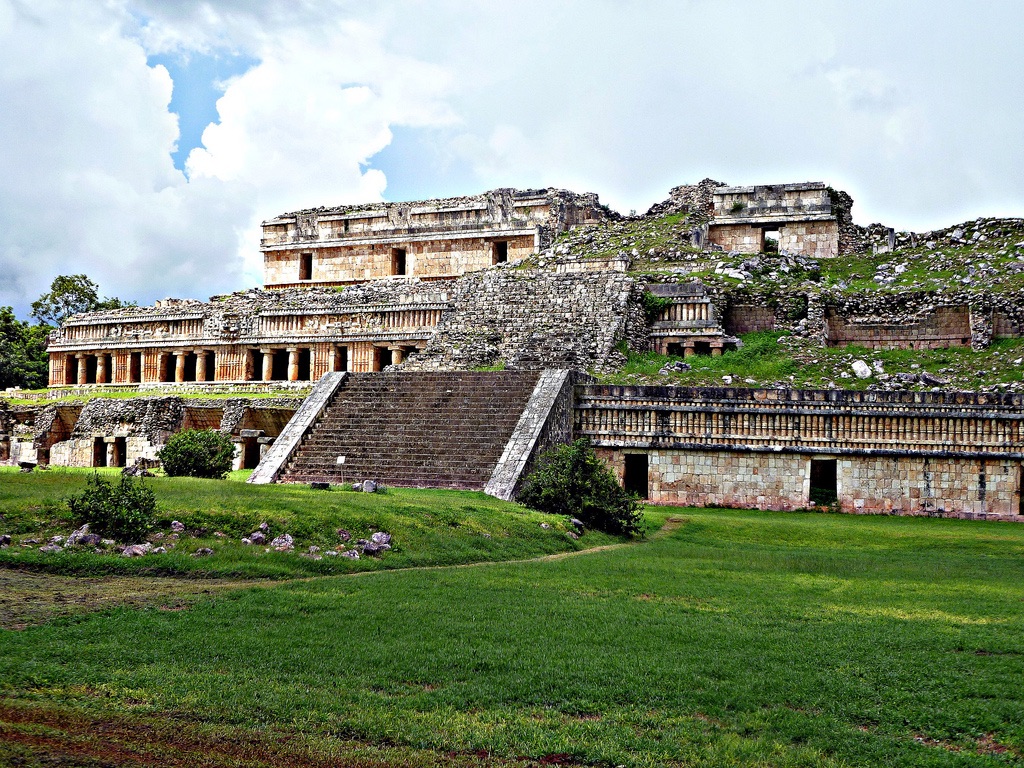Summary
Discovering Sayil’s Mayan Heritage
Snuggled within the dense forests of the Yucatán Peninsula, the Sayil Ruins are a testament to the ingenuity of the ancient Mayan civilization. This site, part of the Puuc region, showcases a blend of architectural splendor and astronomical precision. Visitors can explore iconic structures such as the Great Palace, a three-story building marked by its impressive columns and intricate stone carvings. Sayil reveals the Mayans’ advanced urban planning and social organization through its remnants. By studying these grand constructions, we uncover the daily life, religious practices, and communal hierarchies of a once-thriving city.
Get your dose of History via Email
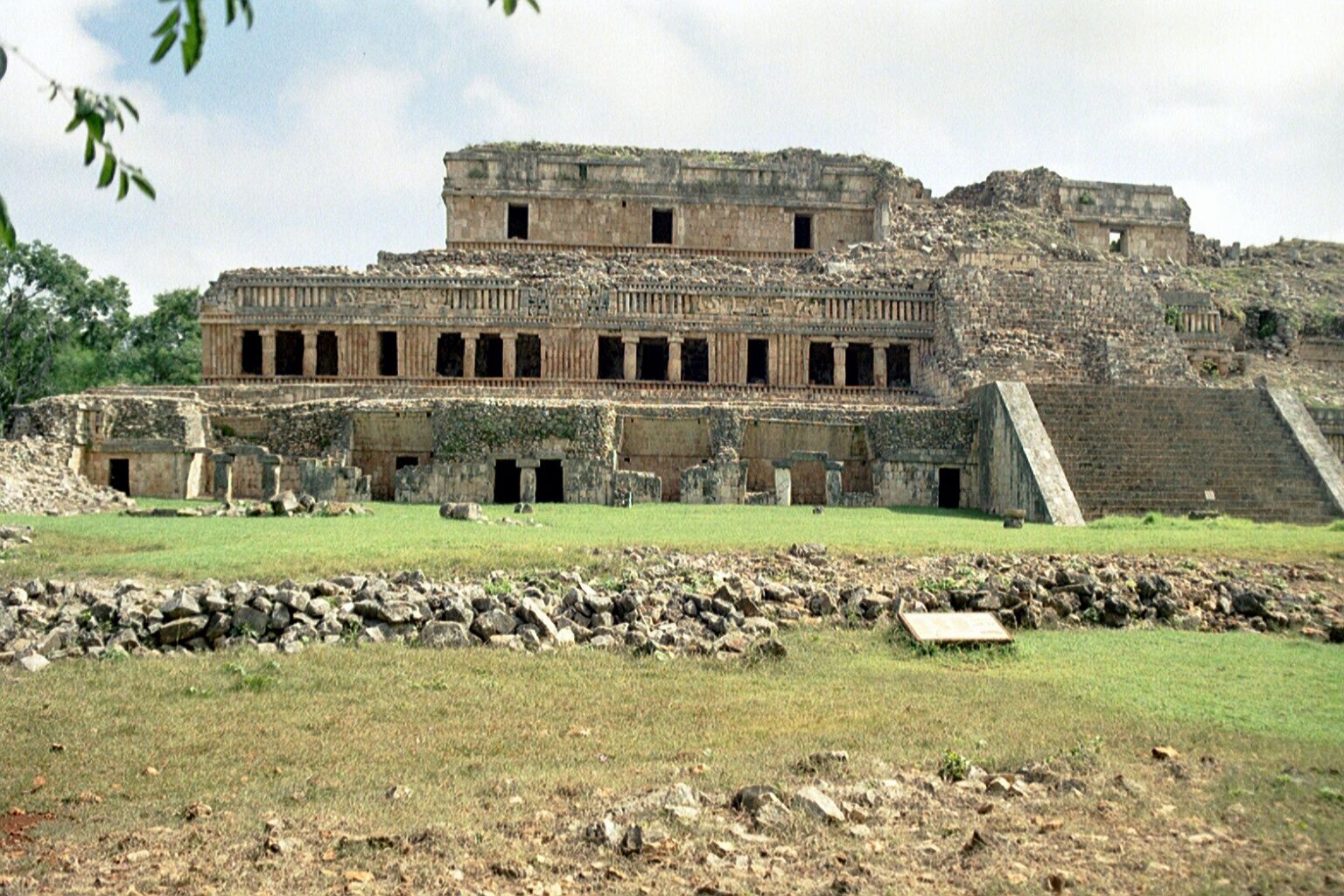
The Architectural Wonders of Sayil
Witnessing Sayil’s ruins, one marvels at the architectural mastery of its builders. The ruins stand out for their distinctive Puuc style—characterized by ornate stone mosaics and elaborate geometric patterns. These design elements not only attract historians and archaeologists but also draw in those with an eye for art and construction techniques from the past. Significant buildings, such as the El Mirador observatory, point to the Mayans’ sophisticated knowledge of astronomy and their integration of this science into their architecture, emphasizing the importance of the cosmos in their culture.
Engagement with the Local Ecosystem
The Sayil Ruins do more than just echo the past; they engage with the present by blending into the existing natural landscape. It’s an ecosystem brimming with native flora and fauna, providing a habitat for species that have occupied the area since the time of the Mayans. Environmental enthusiasts find Sayil intriguing due to the way it demonstrates the balance between human habitation and nature. For present-day communities, these ruins serve as both a cultural heritage site and an environmental treasure, influencing conservation efforts and educational outreach programs in the region.
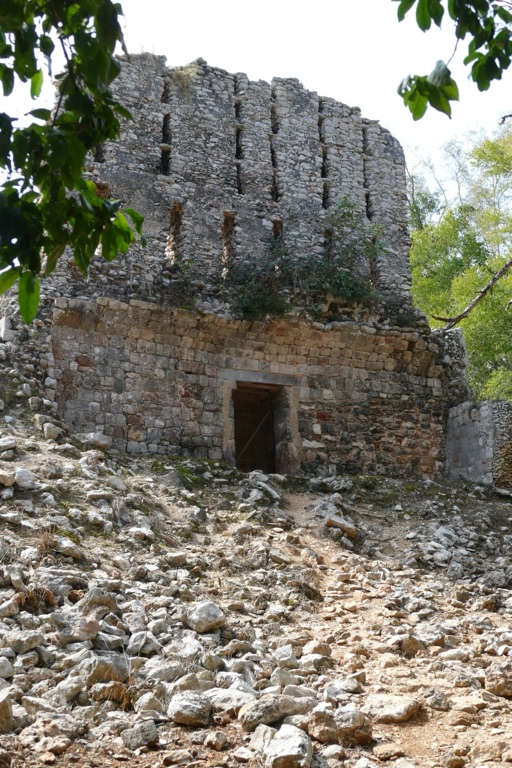
Historical Background of Sayil Ruins
The Origins and Rise of Sayil
Situated in the heart of the Yucatán Peninsula, the Sayil Ruins tell a story that dates back to the Late Classic Period of Mayan civilization. Founded around 800 AD, Sayil flourished as a mid-sized city known for its elaborate architecture and advanced urban layout. Historians believe the city peaked in population and construction between the 9th and 10th centuries. It served as a critical hub of culture, trade, and politics within the broader Mayan landscape, attracting attention for its distinctive Puuc-style buildings.
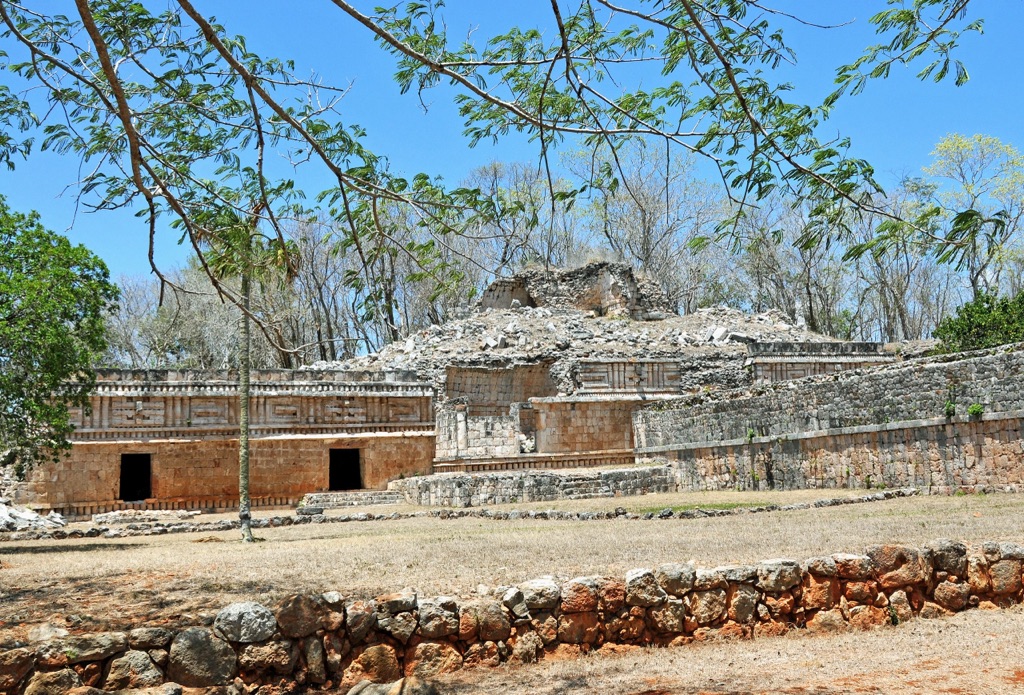
Architectural Splendor and Decline
Amidst Sayil’s growth, monumental structures like the Great Palace stood out as marvels of Mayan architecture. This expansive complex boasted detailed carvings, towering columns, and an advanced building technique that signified the city’s prominence. Unfortunately, Sayil, like many Mayan cities, underwent a mysterious decline around the 10th century. Archaeological evidence suggests social upheaval and environmental factors may have led to its abandonment, leaving behind ruins that echo a sophisticated past.
The Recovery and Study of Sayil
The rediscovery of Sayil in the 19th century opened doors to extensive archaeological exploration. Experts examined the remnants of homes, administrative buildings, and religious monuments, piecing together the social fabric of Sayil. These findings highlight the city’s hierarchical society, with an elite class that likely governed religious activities, controlled resources, and oversaw construction projects.
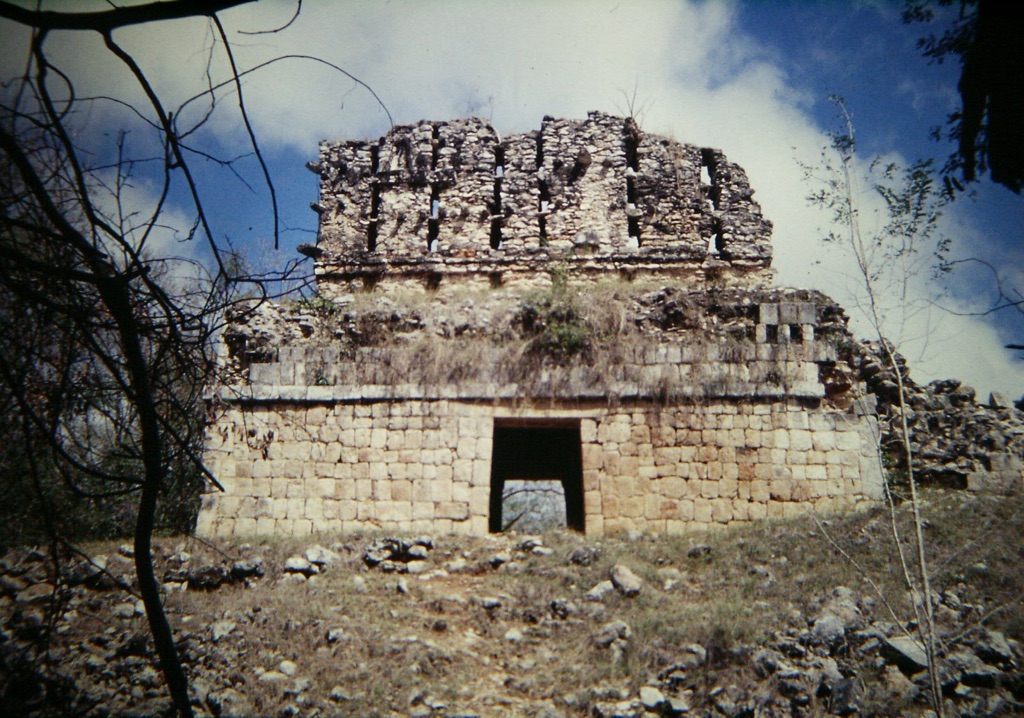
Modern studies focus on understanding Sayil’s relation to neighboring Mayan cities and interpreting its intricate glyphic texts. These texts offer insight into the political affairs and historical events that shaped the city. Through careful preservation and continued research, Sayil’s history continually unfurls, offering a unique glimpse into a pivotal era of Mayan culture.
Today, the Sayil Ruins not only serve as an important historical site for scholars but also as an enchanting destination for visitors from around the world. They come seeking to connect with the profound history and marvel at the achievements of an ancient civilization that thrived within the Yucatán’s lush forests.
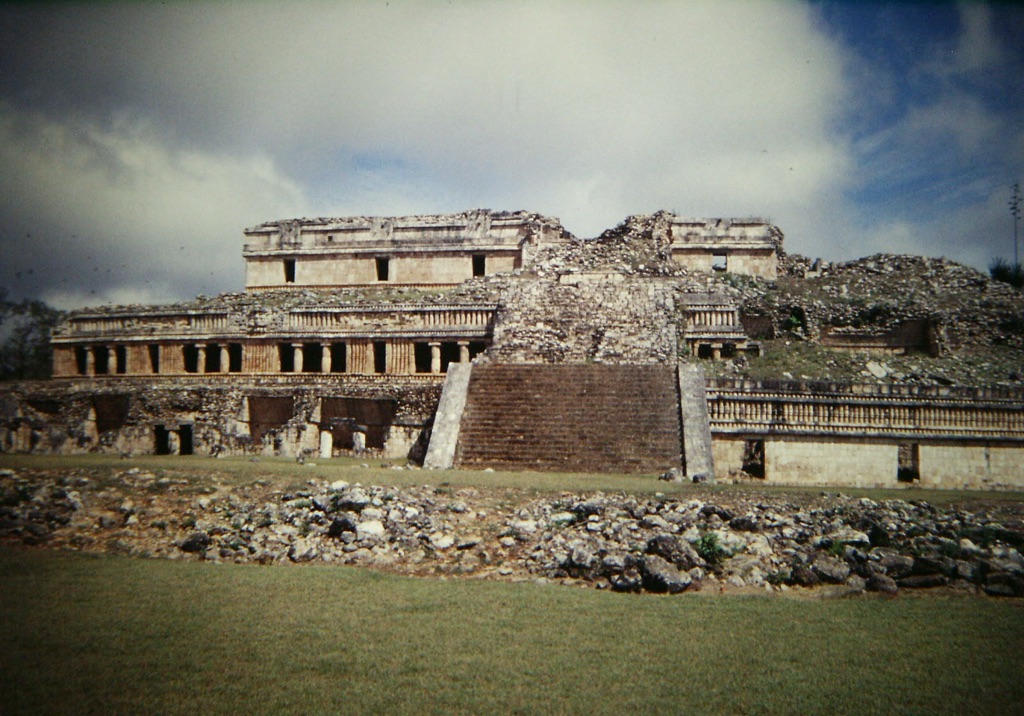
The Discovery of Sayil Ruins
Unveiling Sayil to the Modern World
In the mid-19th century, the dense jungles of the Yucatán Peninsula hid the remnants of the once-great city of Sayil. It wasn’t until 1841 that explorers John Lloyd Stephens and Frederick Catherwood stumbled upon these ruins. Their expedition aimed to document ancient Mayan cities. Catherwood’s detailed illustrations and Stephens’ vivid descriptions brought Sayil’s faded splendor to the attention of the outside world.
The Significance of Sayil’s Rediscovery
The discovery turned the academic world’s gaze towards the Mayan civilization. It sparked a renewed interest in the rich history of Central America. Eager scholars and adventurers followed Stephens and Catherwood’s footsteps, delving deeper into the mysteries of Sayil. Their findings have been crucial in reconstructing Mayan history and culture.
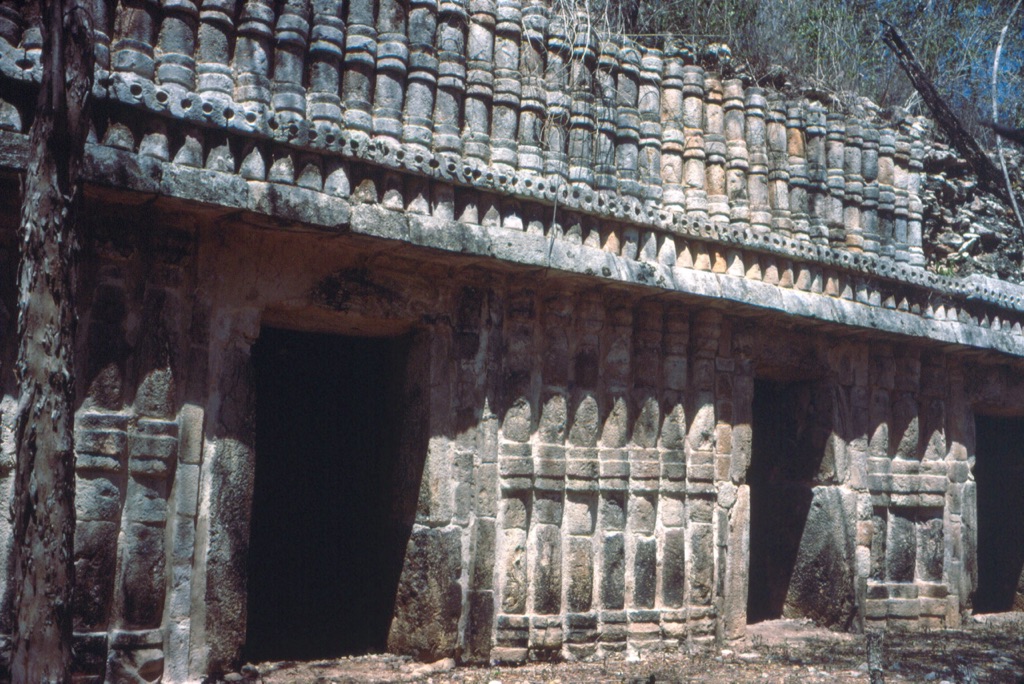
The Initial Challenges and Excavations
Early efforts to excavate Sayil were hampered by thick vegetation and limited archaeological methods. However, as technology and techniques improved, more of Sayil’s grandeur was carefully unearthed. Archeologists have meticulously worked to preserve the integrity of structures like the Great Palace, revealing the complexity of Mayan society.
Modern archaeological teams continue the legacy of the site’s explorers, unearthing artifacts that narrate the lives of Sayil’s inhabitants. Each discovery, from pottery fragments to skillfully carved glyphs, adds invaluable information to our understanding of Mayan cultural practices and day-to-day life.
The discovery of Sayil Ruins offers a window into an ancient world that once throbbed with life. It stands as a testament to the passion and curiosity that drive exploration and discovery. Even today, each new find at Sayil encourages a sense of wonder and respect for the achievements of the Maya.
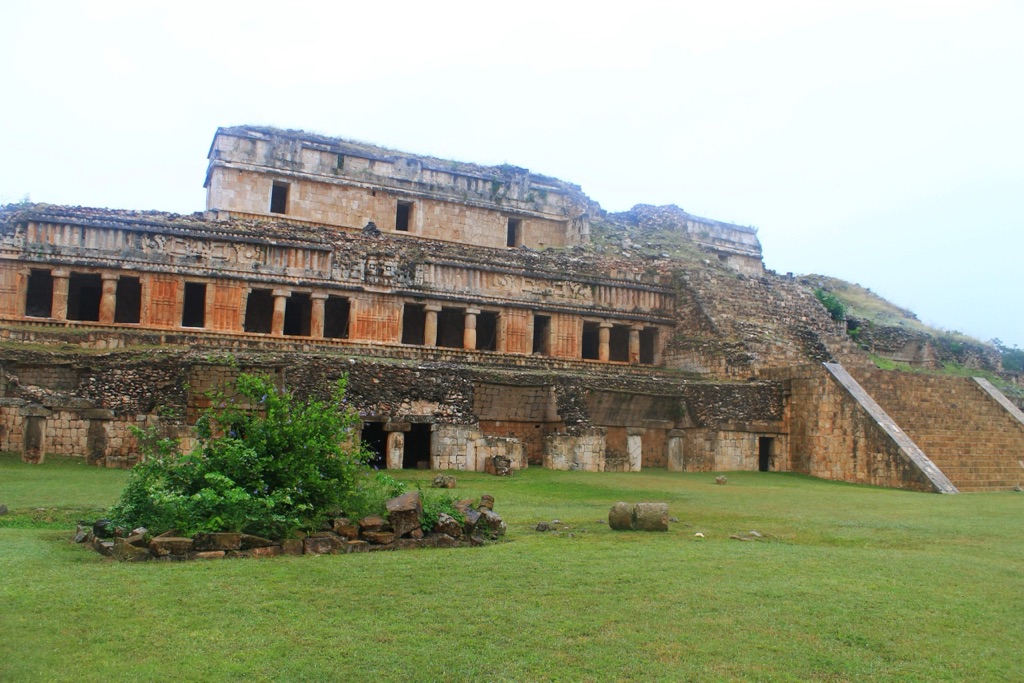
Cultural Significance, Dating methods, Theories and Interpretations
Unlocking Sayil’s Time Capsule
Archaeologists have used a variety of dating methods to understand Sayil Ruins’ timeline. Radiocarbon dating of organic materials and thermoluminescence dating of pottery fragments have provided estimates for the city’s period of habitation. Moreover, the study of architectural styles and stelae inscriptions have proved invaluable. These techniques collectively suggest that Sayil thrived between the 8th and 10th centuries AD, cementing its place in the Late Classic period of Mayan history.
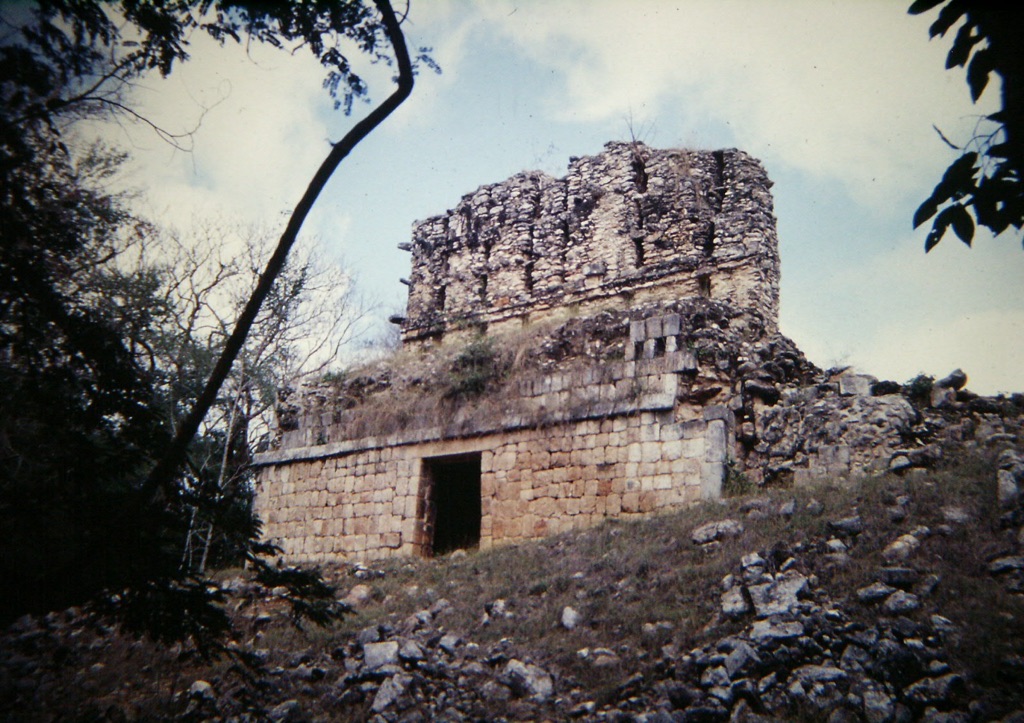
Deciphering Sayil’s Cultural Riches
Sayil’s cultural significance is profound; it serves as a rich source of information on the social structure, religious practices, and daily life of the Maya. The Great Palace and other buildings reflect a society that valued hierarchy, with elite residences featuring more ornate designs. Ritual sites indicate the deep spiritual connection the Mayans had with their gods and the cycles of nature, alluding to a well-developed cosmology.
Captivating Theories of Sayil’s Society
Theories about Sayil’s society abound, shaped by interpretations of artifacts and hieroglyphs found on-site. Some hypothesize a city-state governed by a powerful ruler, while others suggest a collective of elite families. The presence of drought-resistant water systems also hints at an advanced understanding of agriculture and engineering, supporting theories about Sayil’s adaptation to its environment.
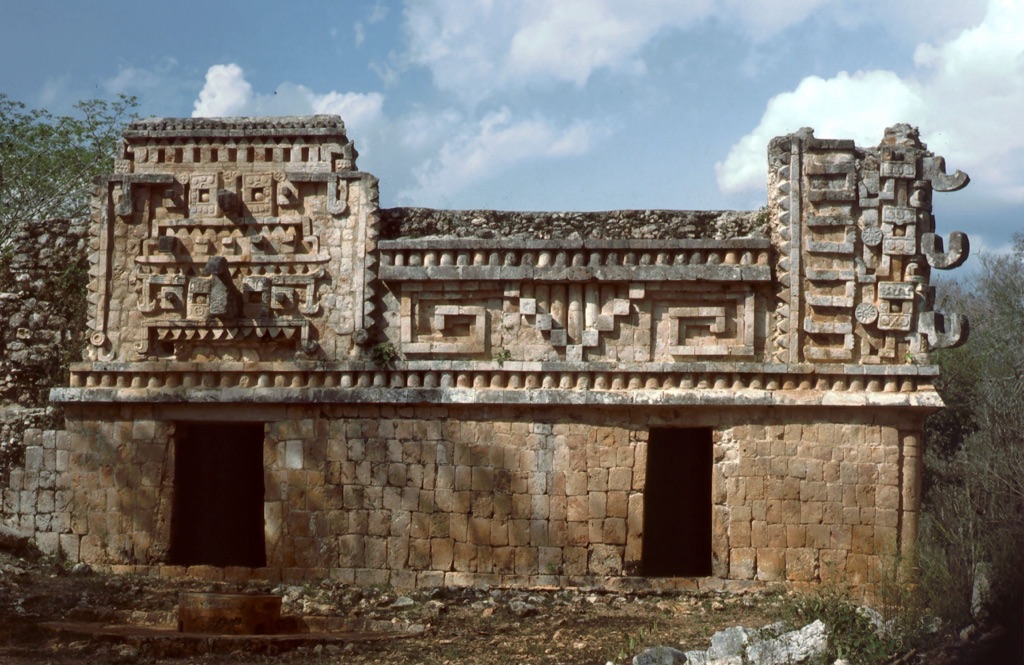
Interpretations of wall carvings and written records paint a picture of political intrigue and warfare. This suggests that Sayil was not isolated but part of a complex network of Mayan cities, frequently interacting with neighbors – sometimes as allies, sometimes as rivals. The exact nature of these relationships remains partly shrouded in mystery.
Despite detailed studies, many aspects of the Sayil Ruins are yet to be fully understood. Various interpretations continue to evolve as new discoveries emerge, keeping the intrigue of this ancient city alive. Each theory contributes to a broader understanding of the Mayan legacy, shedding light on the sophistication of an empire that has fascinated the world for centuries.
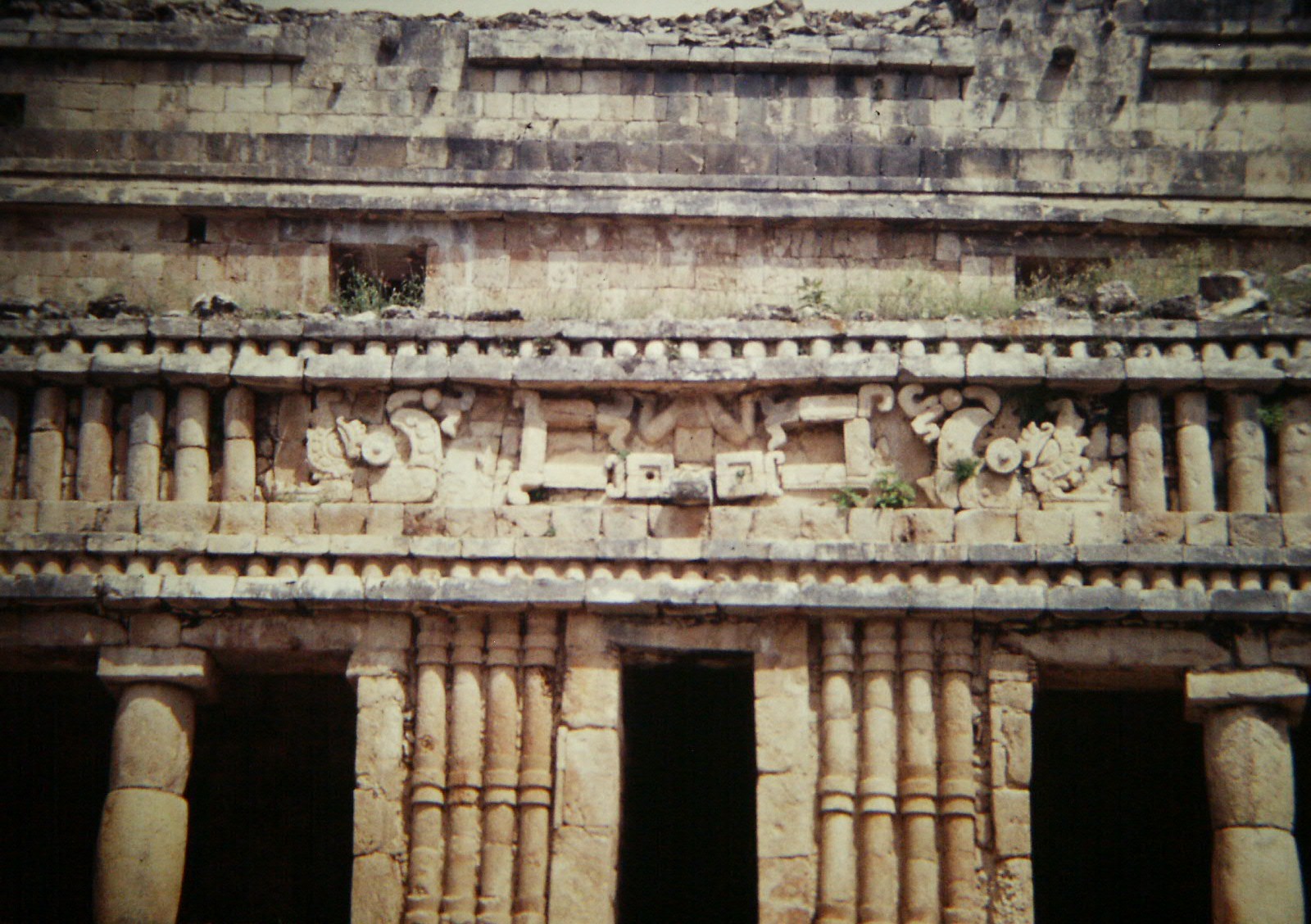
Conclusion and Sources
The Sayil Ruins, nestled in the Yucatán Peninsula, offer a profound glimpse into the world of the ancient Maya. Through meticulous archaeological work, researchers have pieced together the puzzle of Sayil’s past, shining a light on the city’s rise, its peak, and the enigmatic decline. Sayil stands as a monument to the architectural and cultural achievements of the Maya, with each structure, glyph, and artifact adding depth to our understanding of this civilization. While mysteries still remain, the knowledge gained thus far helps to keep the story of the Maya alive, and it continues to evolve with each archaeological discovery.
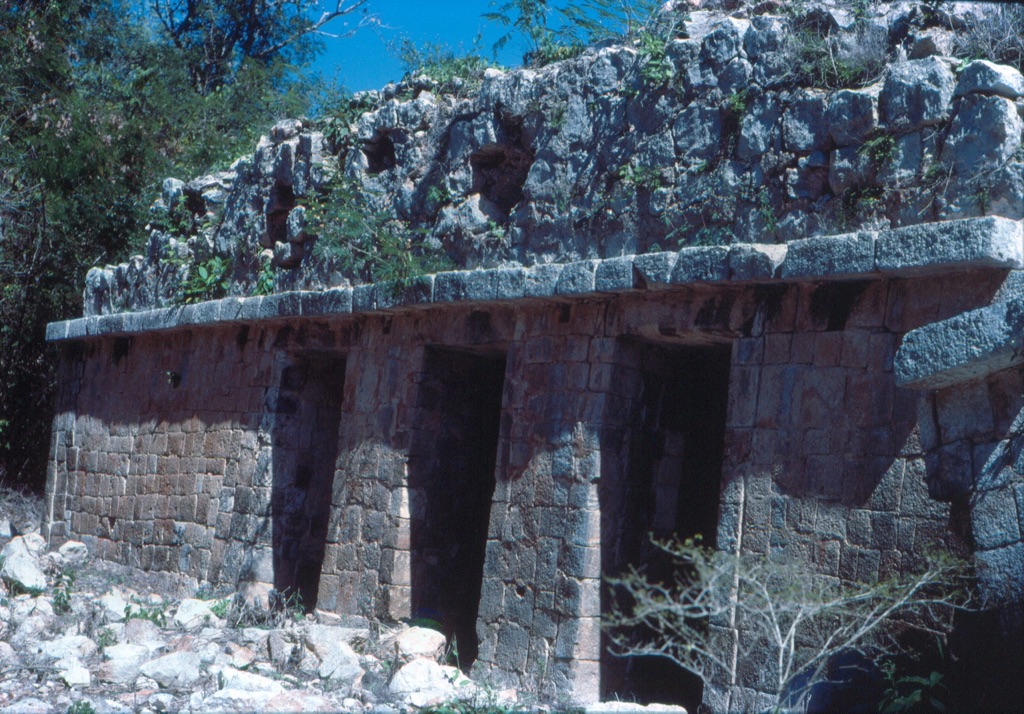
For further reading and to validate the information presented in this article, the following sources are recommended:
Or you can check any of these reputable archaeological and historical texts:
Andrews, E. Wyllys. (1983). The Archaeological Use and Distribution of Mollusca in the Maya Lowlands. In: Mesoamerican Communication Routes and Cultural Contacts. New World Archaeological Foundation, 1–9.
Guderjan, Thomas H. (2007). The Nature of an Ancient Maya City: Resources, Interaction, and Power at Blue Creek, Belize. University of Alabama Press.
Mathews, Peter. (1985). Maya Early Classic Monuments and Inscriptions. In: A Consideration of the Early Classic Period in the Maya Lowlands. In: G. Willey (Ed), Contributions to American Archaeology, 2, 5-54.
Sharer, Robert J., Traxler, Loa P. (2006). The Ancient Maya (6th ed.). Stanford University Press.
Stuart, David. (1996). Kings of Stone: A Consideration of Stelae in Ancient Maya Ritual and Representation. RES: Anthropology and Aesthetics, 29/30, 148-171.

